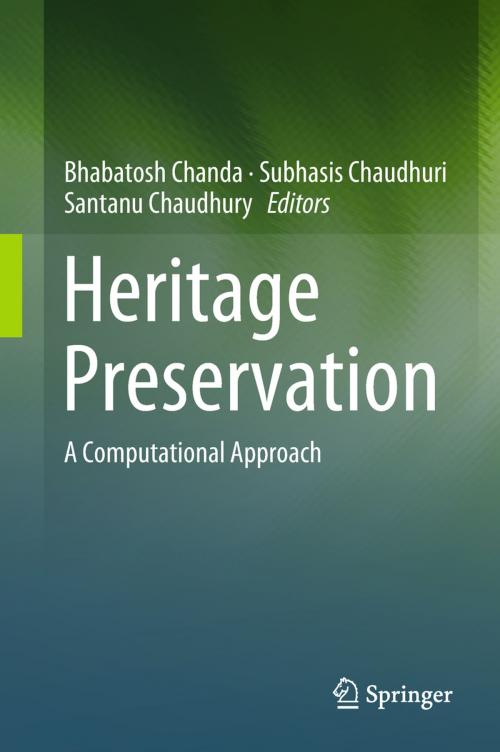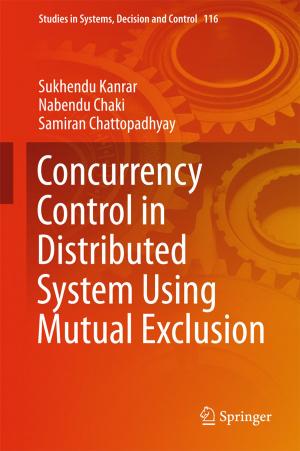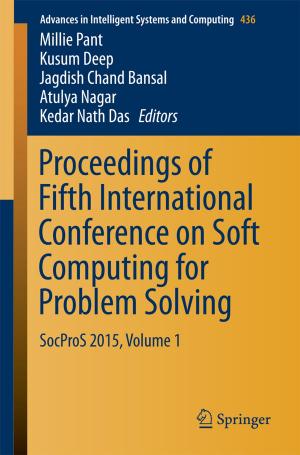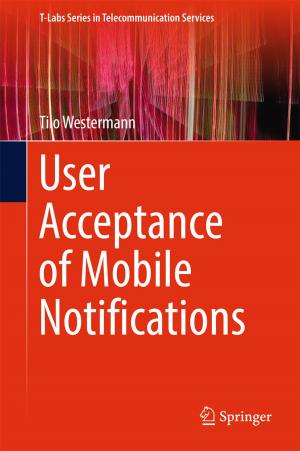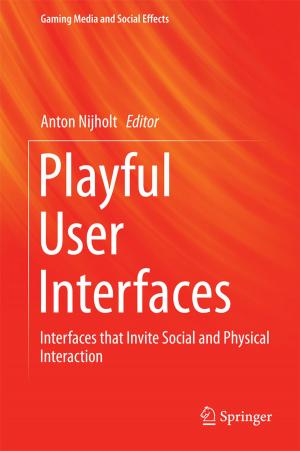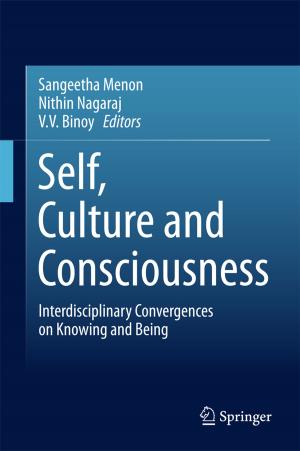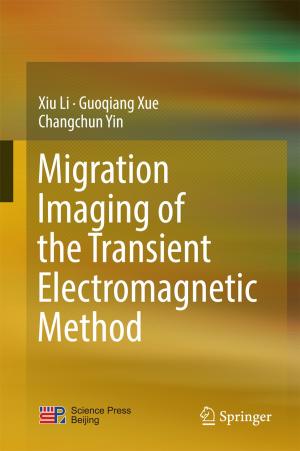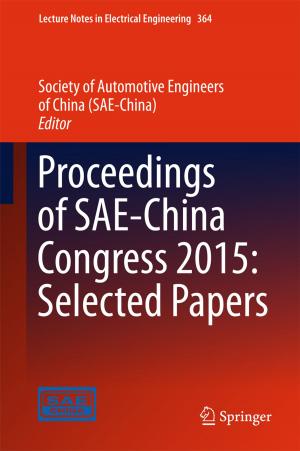Heritage Preservation
A Computational Approach
Nonfiction, Computers, Advanced Computing, Engineering, Computer Vision, Information Technology, General Computing| Author: | ISBN: | 9789811072215 | |
| Publisher: | Springer Singapore | Publication: | June 15, 2018 |
| Imprint: | Springer | Language: | English |
| Author: | |
| ISBN: | 9789811072215 |
| Publisher: | Springer Singapore |
| Publication: | June 15, 2018 |
| Imprint: | Springer |
| Language: | English |
This book presents a unique guide to heritage preservation problems and the corresponding state-of-the-art digital techniques to achieve their plausible solutions. It covers various methods, ranging from data acquisition and digital imaging to computational methods for reconstructing the original (pre-damaged) appearance of heritage artefacts.
The case studies presented here are mostly drawn from India’s tangible and non-tangible heritage, which is very rich and multi-dimensional. The contributing authors have been working in their respective fields for years and present their methods so lucidly that they can be easily reproduced and implemented by general practitioners of heritage curation. The preservation methods, reconstruction methods, and corresponding results are all illustrated with a wealth of colour figures and images.
The book consists of sixteen chapters that are divided into five broad sections, namely (i) Digital System for Heritage Preservation, (ii) Signal and Image Processing, (iii) Audio and Video Processing, (iv) Image and Video Database, and (v) Architectural Modelling and Visualization. The first section presents various state-of-the-art tools and technologies for data acquisition including an interactive graphical user interface (GUI) annotation tool and a specialized imaging system for generating the realistic visual forms of the artefacts. Numerous useful methods and algorithms for processing vocal, visual and tactile signals related to heritage preservation are presented in the second and third sections. In turn, the fourth section provides two important image and video databases, catering to members of the computer vision community with an interest in the domain of digital heritage. Finally, examples of reconstructing ruined monuments on the basis of historic documents are presented in the fifth section. In essence, this book offers a pragmatic appraisal of the uses of digital technology in the various aspects of preservation of tangible and intangible heritages.
This book presents a unique guide to heritage preservation problems and the corresponding state-of-the-art digital techniques to achieve their plausible solutions. It covers various methods, ranging from data acquisition and digital imaging to computational methods for reconstructing the original (pre-damaged) appearance of heritage artefacts.
The case studies presented here are mostly drawn from India’s tangible and non-tangible heritage, which is very rich and multi-dimensional. The contributing authors have been working in their respective fields for years and present their methods so lucidly that they can be easily reproduced and implemented by general practitioners of heritage curation. The preservation methods, reconstruction methods, and corresponding results are all illustrated with a wealth of colour figures and images.
The book consists of sixteen chapters that are divided into five broad sections, namely (i) Digital System for Heritage Preservation, (ii) Signal and Image Processing, (iii) Audio and Video Processing, (iv) Image and Video Database, and (v) Architectural Modelling and Visualization. The first section presents various state-of-the-art tools and technologies for data acquisition including an interactive graphical user interface (GUI) annotation tool and a specialized imaging system for generating the realistic visual forms of the artefacts. Numerous useful methods and algorithms for processing vocal, visual and tactile signals related to heritage preservation are presented in the second and third sections. In turn, the fourth section provides two important image and video databases, catering to members of the computer vision community with an interest in the domain of digital heritage. Finally, examples of reconstructing ruined monuments on the basis of historic documents are presented in the fifth section. In essence, this book offers a pragmatic appraisal of the uses of digital technology in the various aspects of preservation of tangible and intangible heritages.
